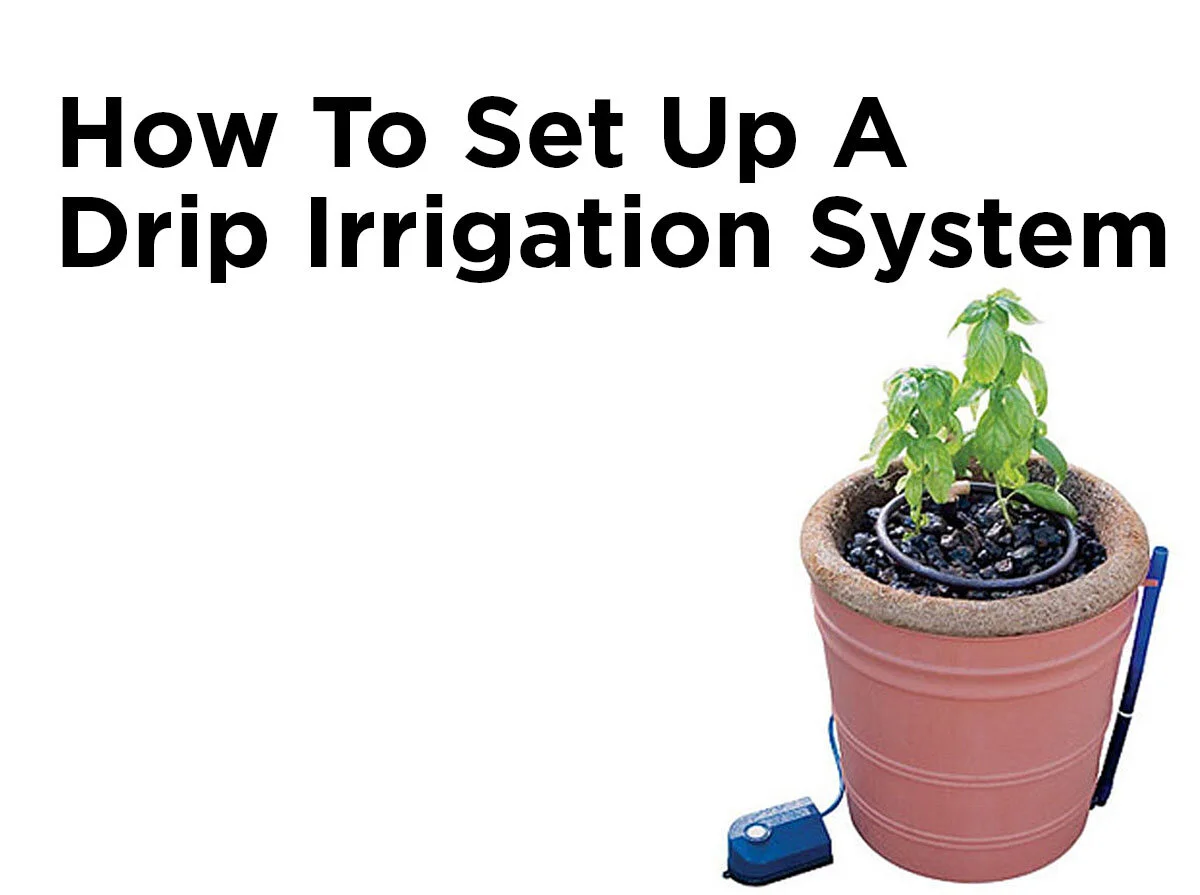Direct Water Culture (DWC) and You
So you've taken a look at how to set up a drip irrigation system and decided that it’s not for you. Well the good news is that there are plenty more hydroponics systems for you to experiment with. So let’s talk about direct water culture (DWC) today. DWC systems – also known as deep water culture systems – submerge the roots of your plants in a nutrient solution. This sounds, at first, like a bad idea since you can overwater plants, but that’s where the all-important aeration component comes into play. Aeration is simply the act of adding oxygen to the water to sustain the roots. The way you aerate your system defines the type of DWC it is, whether you use a bucket reservoir, prefer bubbleponics, or enjoy a re-circulation system. But first, why is DWC better than another system? For one, there’s no growing medium cost since the roots rest directly in the water solution. Setup is also pretty simple depending on the type of DWC you choose. With direct nutrients, you can actually use less fertilizer per nutrient batch. As an added bonus, this setup works great for growing plant cuttings or clones. However, one drawback to using a DWC system is that you need to have a plant already, so you’ll have to sprout seeds. Also, keeping pH values neutral and root disease absent can be more difficult with a DWC system than in other types, so be on the lookout and monitor the water carefully. A DWC needs a little care but can be simple and cost effective to build. But enough about why this is a great idea, let’s take a look at what you need to put one of these together.
Some Assembly Required
All DWC systems have the same requirements, though they achieve them with different components. The main thing to remember is that each system completely submerges the roots in the nutrient solution and that aeration is essential to keep the roots from dying. Air stones are the most common way to aerate your plants but alternate methods like sprayers or waterfalls will work. To tell if you’ve added enough oxygen to your solution, a good rule of thumb is to make sure you see bubbles appearing over 1/3rd of the surface of the water and leave the aerator running 24/7. Since the aerator needs to run constantly, you need to make sure that someone checks for power outages or breaker trips regularly. Put simply, the system requires:
Reservoir
Air and/or Water Pump
Aeration Method
Plant Tray/Support
Variants
The easiest and most popular DIY method is just a standard bucket. Quite literally, a black bucket with an air stone inside. The plant is nested in the lid of the bucket, typically using some kind of basket or cup, and the nutrient solution level is raised up to the level of the roots (do not immerse the stalk). A hose connects an air pump to the air stone and forces air through it to add oxygen to the water. Depending on the size of the bucket, this works for either one large plant or a few very small ones.
The second method is a little more complex but has the advantage of increased growth during the first few weeks. Bubbleponics uses an additional water pump to push the water above the roots and let it flow back down over them. The rest of the system is similar in that the reservoir contains an air stone and an air pump to keep the water oxygenated, but the water itself is cycled to feed the roots from above so the roots are covered in water from day one.
More complicated is the re-circulation DWC system. This uses multiple buckets connected to a large reservoir. Each bucket is filled with a system of sprayers. By spraying the water into the buckets, it adds oxygen and agitates the water to keep it circulating. No air stone is needed but it requires more piping and parts than either of the other two systems. And the multiple buckets allow you to grow more plants in the system.
A word to the wise: flush and replenish the reservoir once a week to clean out algae and add fresh nutrients. Otherwise, this system is simple to set up and grows a very effective root system for your plants. I’d love to hear stories on how your system works. Or, if you have some information I've missed, drop me a line in the comments below or contact us through Facebook, Twitter, LinkedIn, or Pinterest!








